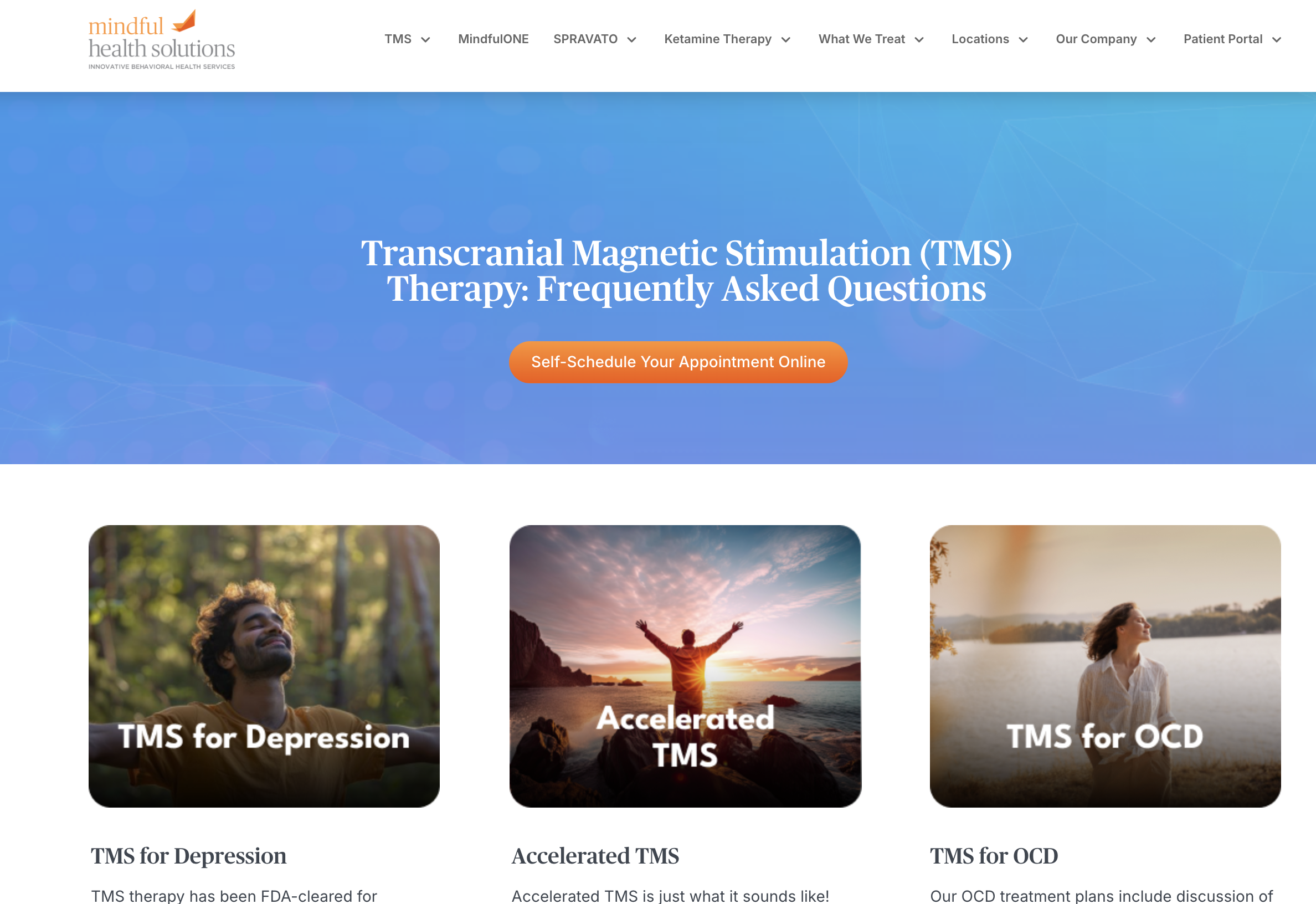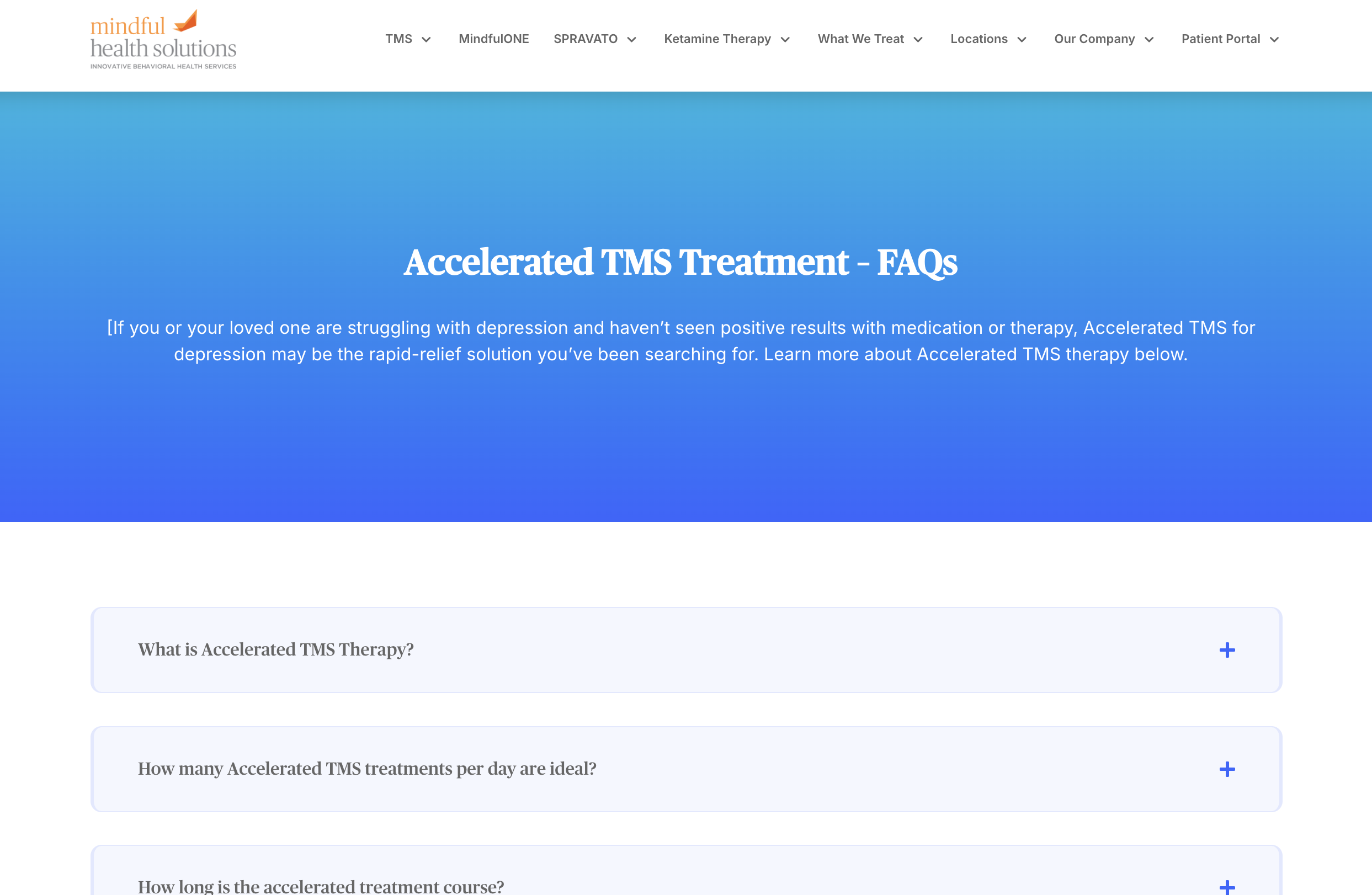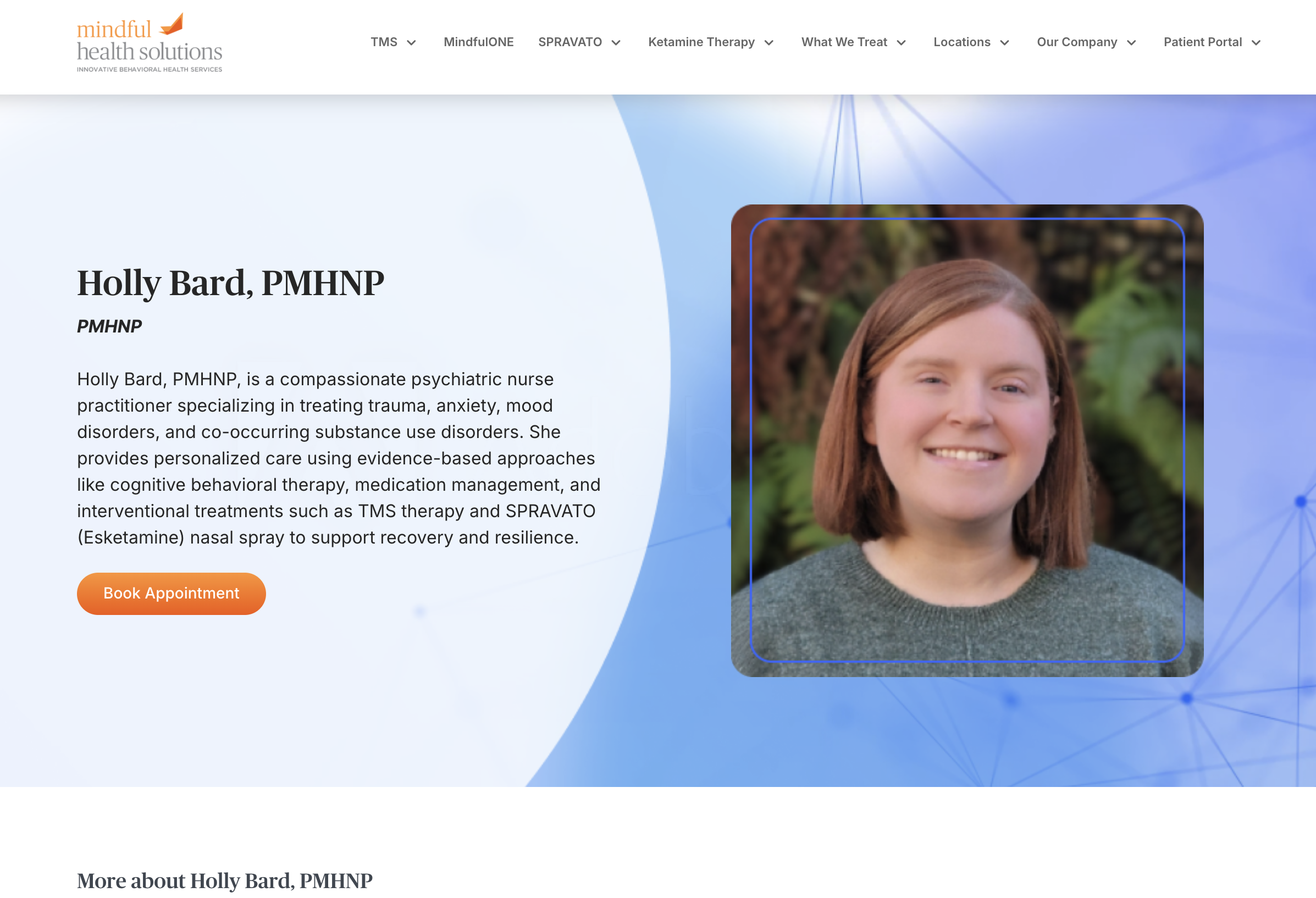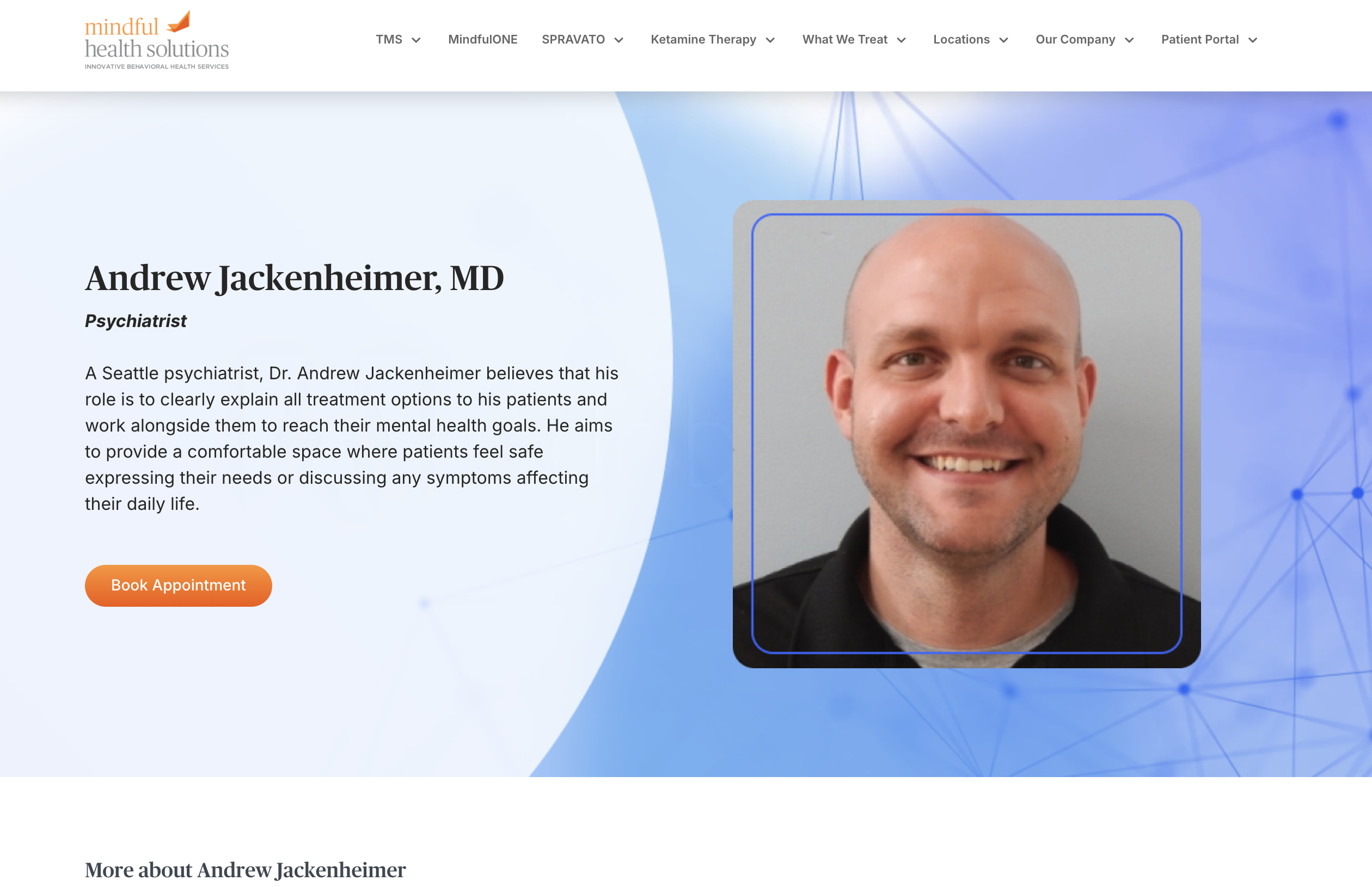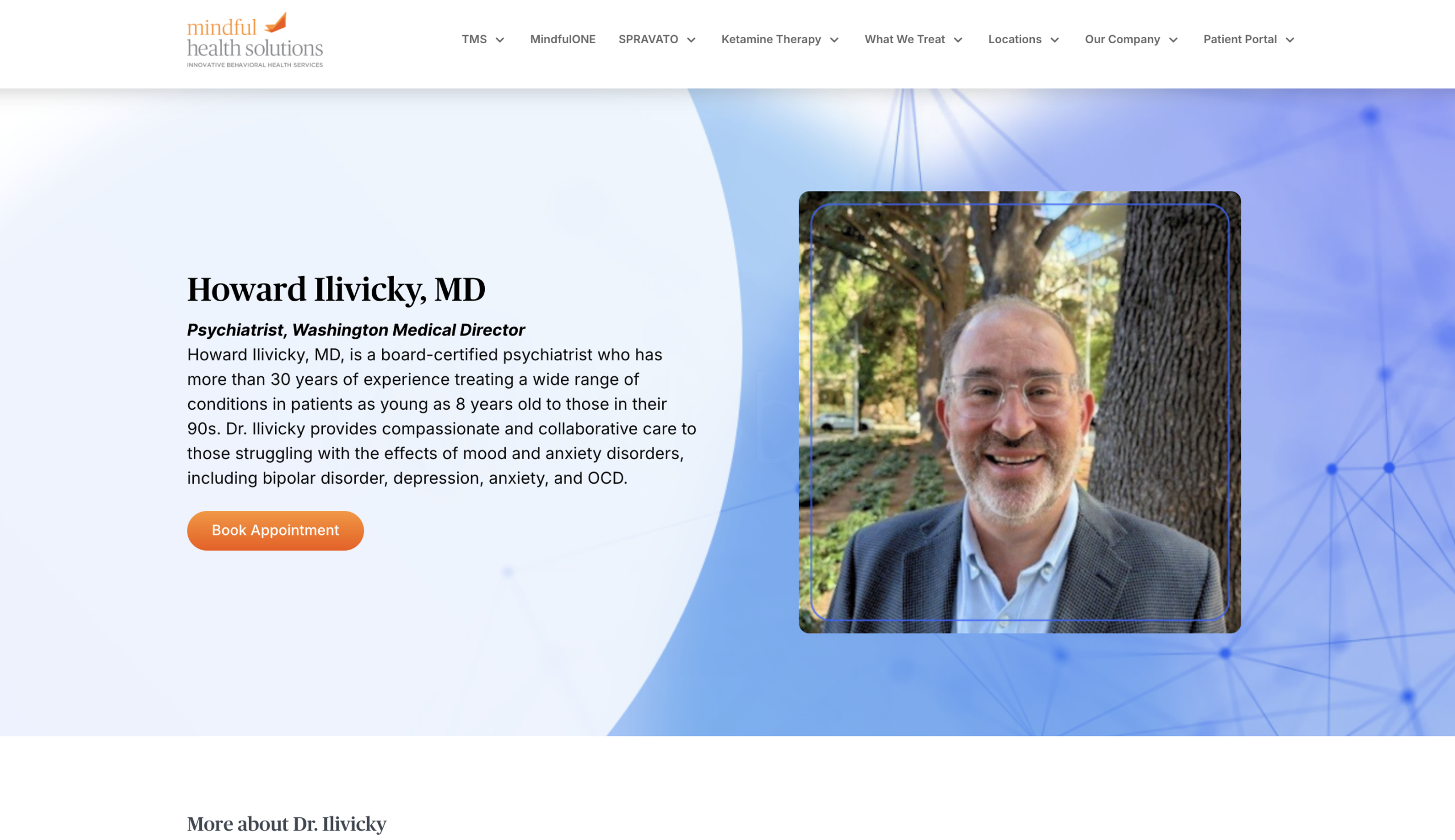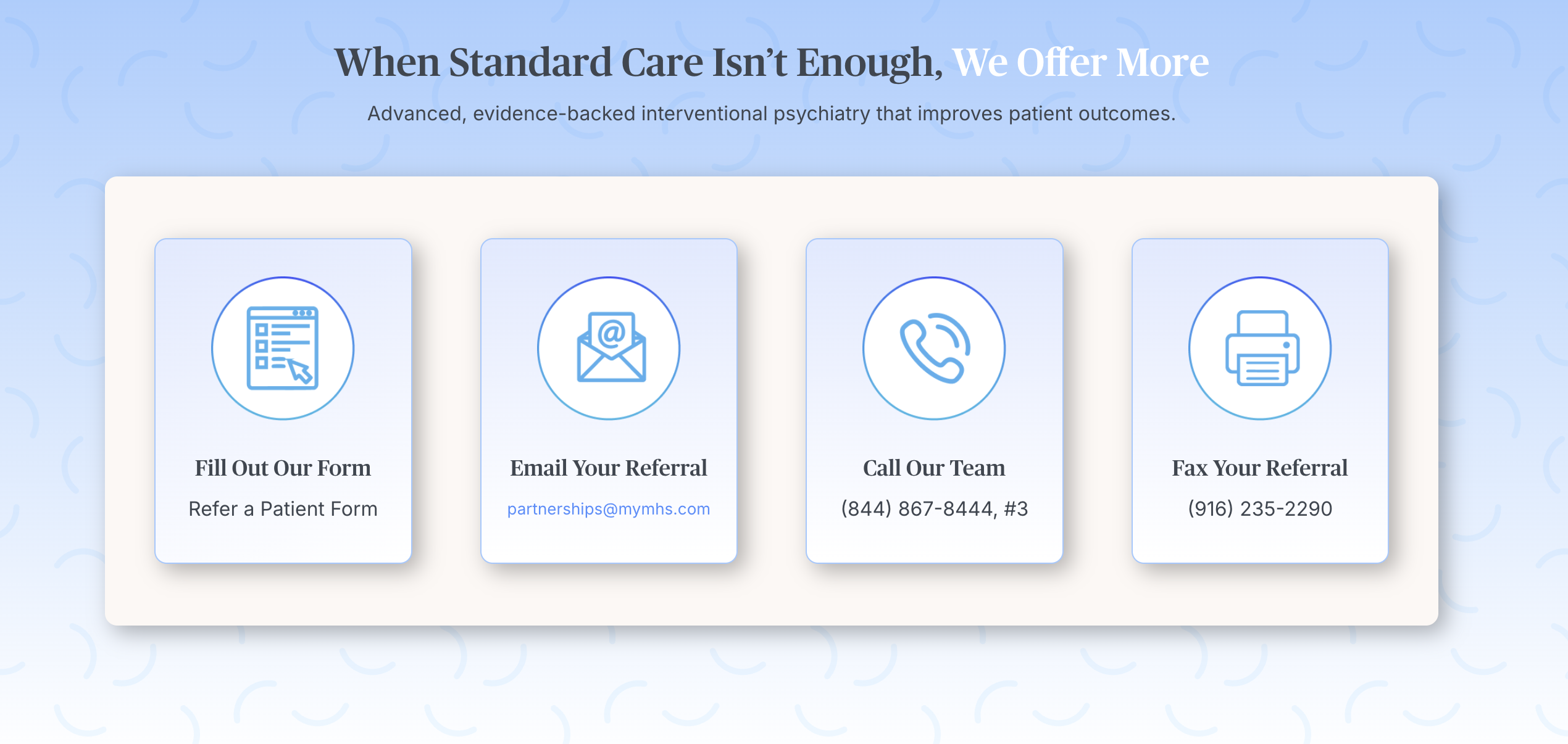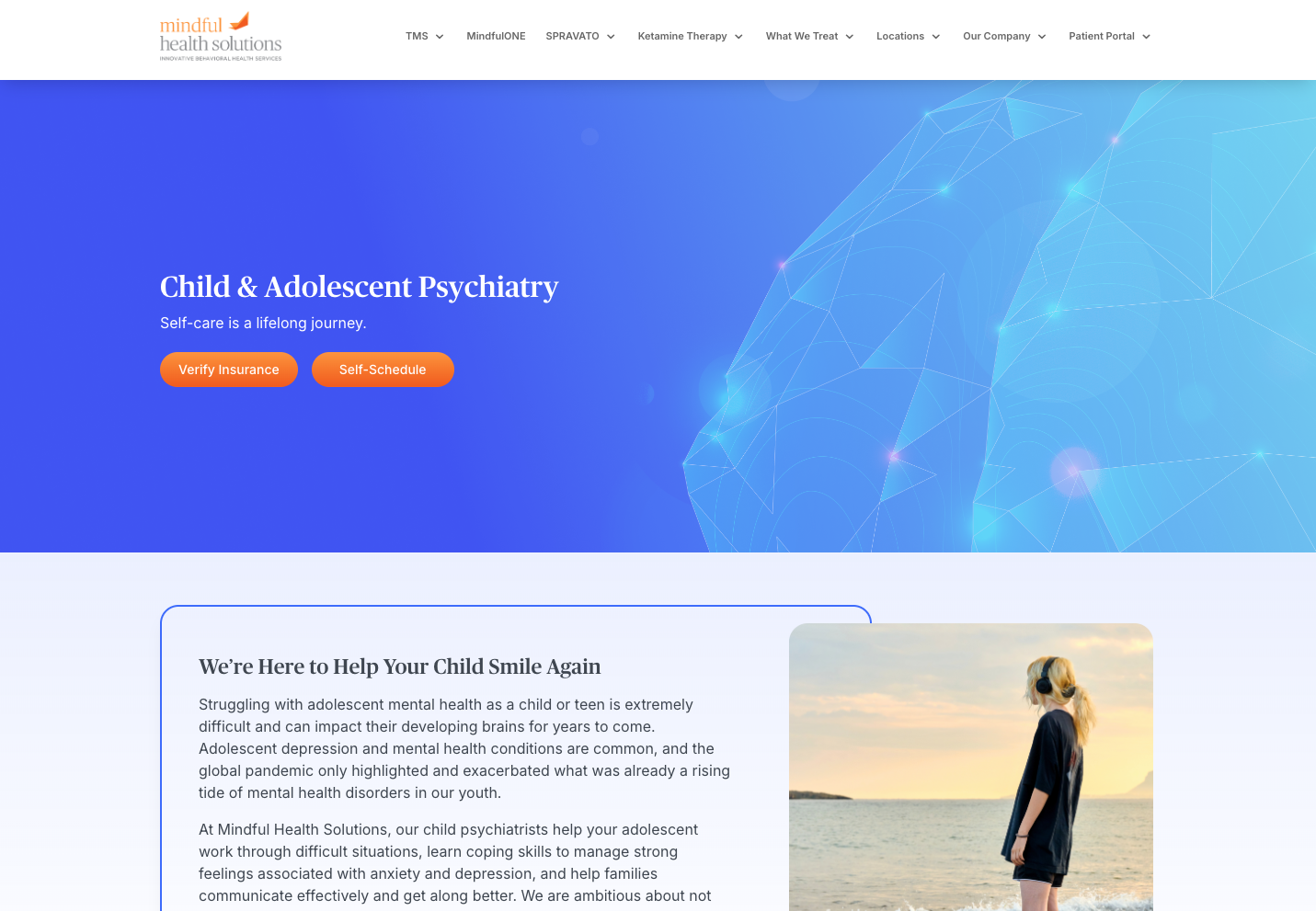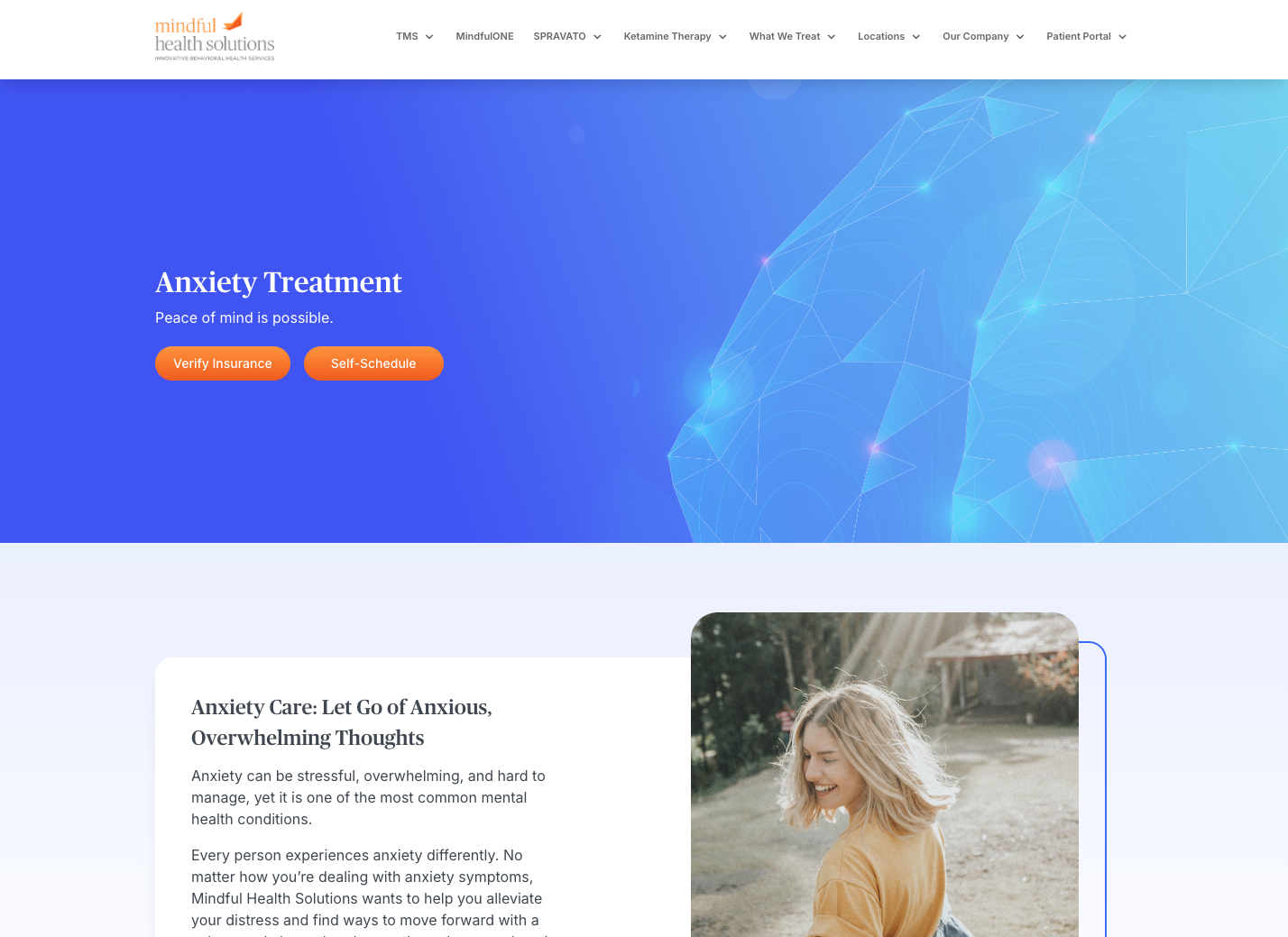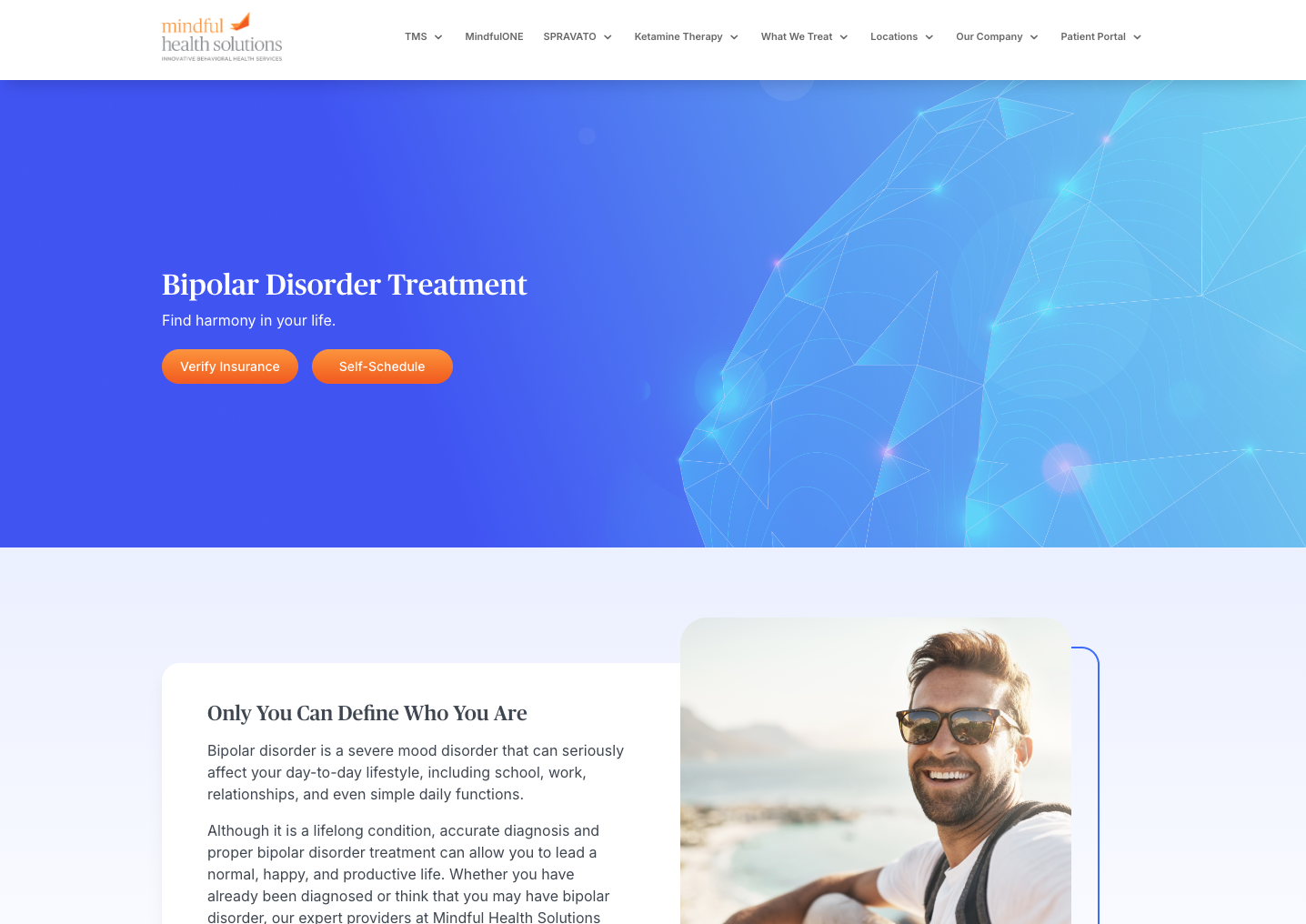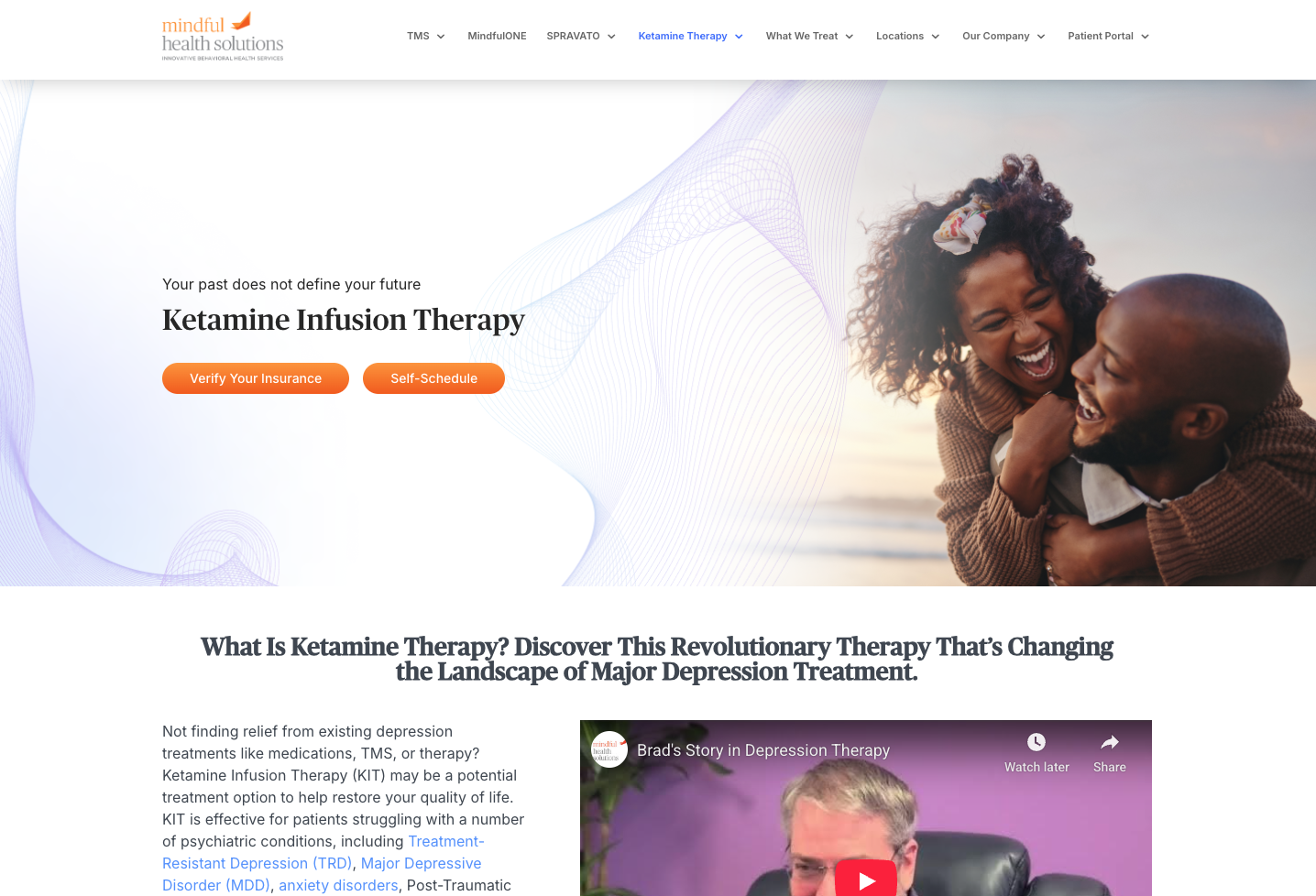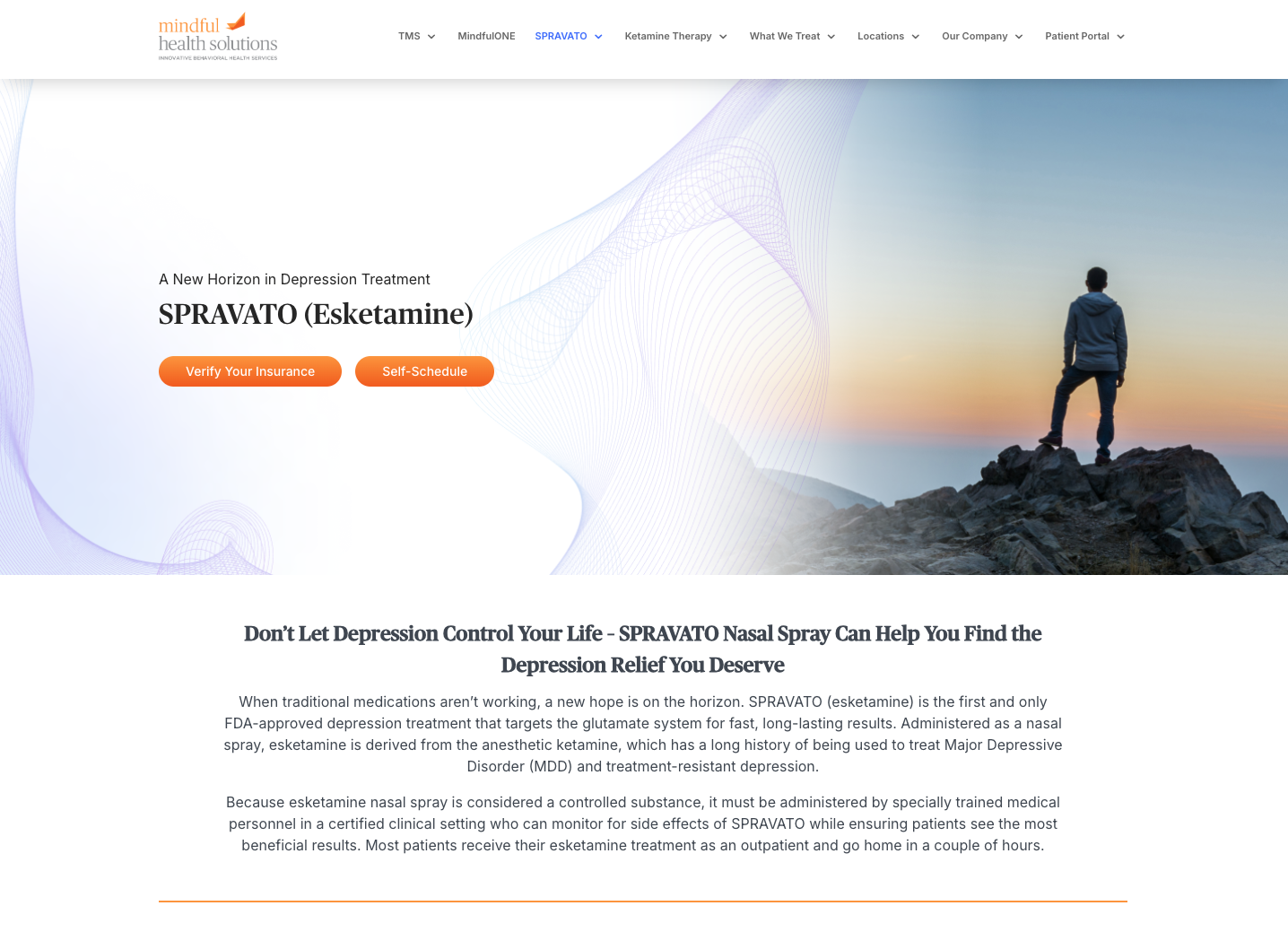Anxiety is a widespread mental health issue that impacts millions of people around the world. This complex disorder shows up in a variety of ways, all of which can greatly affect day-to-day life. Learning about the different aspects of anxiety is the first step in effectively managing and controlling it. In this article, we’ll delve into eight primary types of anxiety, discussing their unique features and how to deal with them effectively.
Generalized Anxiety Disorder (GAD)
First, let’s discuss Generalized Anxiety Disorder (GAD). GAD is more than just everyday worrying; it’s when people experience persistent and unmanageable anxiety that impacts multiple areas of their life. Symptoms might include restlessness, irritability, and difficulty focusing. Both genetics and the environment can play a role in GAD.
The main treatment for GAD is Cognitive-Behavioral Therapy (CBT), a type of therapy that helps people identify and challenge their fears and anxieties. Alongside CBT, changes in lifestyle such as regular exercise, proper sleep, a balanced diet, and mindfulness practices can also help. Through these coping strategies, those with GAD can gain control over their anxiety and live fulfilling lives.
Social Anxiety Disorder (SAD)
Social Anxiety Disorder (SAD) is an intense fear of social interactions and situations. SAD goes beyond just shyness. People with SAD have an increased fear of being judged or humiliated in social situations, which can lead to avoiding such situations and potentially becoming isolated.
Treatment methods for SAD primarily revolve around exposure therapy and cognitive restructuring. Exposure therapy helps individuals gradually confront feared social situations in a controlled setting, reducing the intensity of fear over time. Meanwhile, cognitive restructuring reshapes negative thought patterns about social interactions, fostering a healthier, more confident outlook. Techniques like deep breathing exercises and positive affirmations can also help manage SAD.
Panic Disorder
Panic Disorder is characterized by sudden and severe panic attacks. These attacks can come without warning and include intense physical sensations like a racing heart, shortness of breath, and a sense of impending doom. The exact cause of Panic Disorder is complex and involves a combination of genetic, biological, and environmental factors.
Learn the difference between anxiety attacks and panic attacks.
Treatment typically involves medications and Cognitive-Behavioral Therapy (CBT). Medications can help manage acute symptoms, while CBT provides tools to identify triggers and challenge anxious thoughts. This helps manage panic attacks and reduce their disruptive effects.
Phobias
Phobias involve intense, specific fears that drive people to avoid certain objects or situations. This can include fears of heights, spiders, and flying, among others. Such fears can interfere with daily activities and reduce the quality of life.
The main treatment for phobias is exposure therapy, where the individual is gradually and safely exposed to the feared object or situation. This therapy, combined with relaxation techniques, can help desensitize people to their fears, reducing fear responses over time. Additionally, cognitive therapy can help challenge and change irrational fear beliefs.
Obsessive-Compulsive Disorder (OCD)
Obsessive-Compulsive Disorder (OCD) involves having intrusive thoughts that cause distress (obsessions) and performing repetitive behaviors or rituals to reduce anxiety (compulsions). Though meant to reduce anxiety, these compulsions can end up dominating a person’s life.
Treatment for OCD often involves a combination of cognitive-behavioral techniques and medication. Therapy such as Exposure and Response Prevention (ERP) helps confront obsessions while preventing the related compulsions, leading to a progressive decrease in anxiety. Medications can also help manage symptoms of OCD, reducing obsessive thoughts and compulsive behaviors.
Post-Traumatic Stress Disorder (PTSD)
Post-Traumatic Stress Disorder (PTSD) can occur after experiencing a severe traumatic event like a natural disaster, serious accident, or personal assault. Symptoms of PTSD often include reliving the traumatic event through intrusive memories or nightmares, hypervigilance, and avoidance behaviors.
Has a traumatic experience caused you to have PTSD?
Therapies such as Eye Movement Desensitization and Reprocessing (EMDR) and Cognitive Processing Therapy (CPT) can help manage PTSD. EMDR helps people process traumatic memories, reducing their emotional impact. CPT, on the other hand, helps change thought patterns related to the trauma. Additionally, support groups and strong support networks can be invaluable in managing PTSD, providing a platform for shared experiences and mutual understanding.
Separation Anxiety Disorder
Separation Anxiety Disorder affects people of all ages and involves excessive fear or anxiety when separated from loved ones. This fear can significantly hinder a person’s ability to be independent.
While specific parenting strategies can help children deal with this disorder, adults may need therapeutic interventions. These can include cognitive-behavioral techniques aimed at helping people manage their fears and build confidence in their ability to be independent.
Substance-Induced Anxiety Disorder
Substance-Induced Anxiety Disorder is a specific form of anxiety that arises due to the use or cessation of certain substances. Alcohol, drugs, and specific medications can spark this type of anxiety. Meanwhile, withdrawal from these substances can cause similar intense anxiety symptoms.
Overcoming this disorder requires professional help for a precise diagnosis and custom treatment. This could mean detoxing and going to a rehabilitation center, coupled with therapy methods like cognitive-behavioral therapy (CBT). With the right support and commitment to self-care, people battling Substance-Induced Anxiety Disorder can manage their condition and strive towards a healthier, more balanced life without the burden of anxiety.
In conclusion, anxiety is a many-sided mental health issue that shows itself in various forms. Each type has its unique features, all contributing to a bigger picture of what it means to live with anxiety. Understanding these different types is a critical first step toward managing and overcoming anxiety.
While navigating this journey might seem overwhelming, help is available. If you’re looking for help with managing your anxiety, call us at (844) 867-844. With the right understanding, patience, and guidance, the overbearing weight of anxiety can be lifted, paving the way for a fulfilling life.


